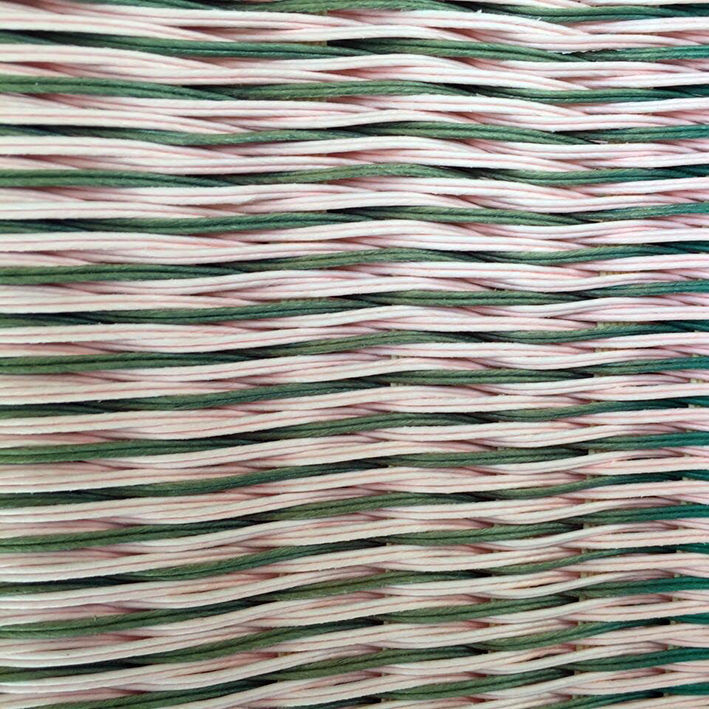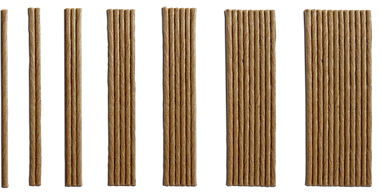TECHNICAL WITH PAPERBAND
Paperband admits multiple techniques. The main one is the basketry technique. The various forms that Paperband adopts, its variety of colors and a new esthetic will make you differentiate yourself in your creations.
The art of interweaving is enriched with this vegetable fiber to make simple weaves or other more elaborate ones, from the more traditional interwoven with all its aesthetic appeal to those that combine design and creativity.
Paperband can also be worked in macramé. For better handling of the knots, it is recommended to work with up to 6 threads of paper previously moistened in water and to help with an awl.


















PREPARE PAPERBAND
Before starting to work with Paperband, we must remove the circular form of the reel. In this way we will avoid getting tangled up.
DIVIDE PAPERBAND
Adaptable to your projects, Paperband adjusts to different widths dividing the band in the union of the individual chains, being able to work even with a single thread.
The “kiuchán” is the Japanese tool used to separate the threads, although a plastic strap can also be used.



IRONING AND WATERPROOFING THE MATERIAL
You can iron the weave made with Paperband to make it as flat as posible, the paper will not burn. The use of the iron also serves to unload the paper bands that were previously glued. Once you finish working with the weave, you can paint it with a colorless varnish (matte or brilliant) to obtain a greater resistance to moisture, light and dust.
WATER AND PAPERBAND
Paperband is not waterproof, but it can get wet. Water can be sprayed on paper to work more easily knots or get right angles. Paperband in contact with water, can acquire multiple forms.

1. Shape Paperband

2. Spray water and let dry 24 hours

4. We take off Paperband. We obtain the desired spiral shape

1. Shape Paperband
COMBINATION WITH OTHER MATERIALS AND FORMS OF ACCESSION
You can combine it with fabric, wood, iron, cardboard or ceramic. Being paper, it supports many forms of adhesion, like the followings: wood glue, contact adhesive, glue gun, sewed, staples or rivets.
.










